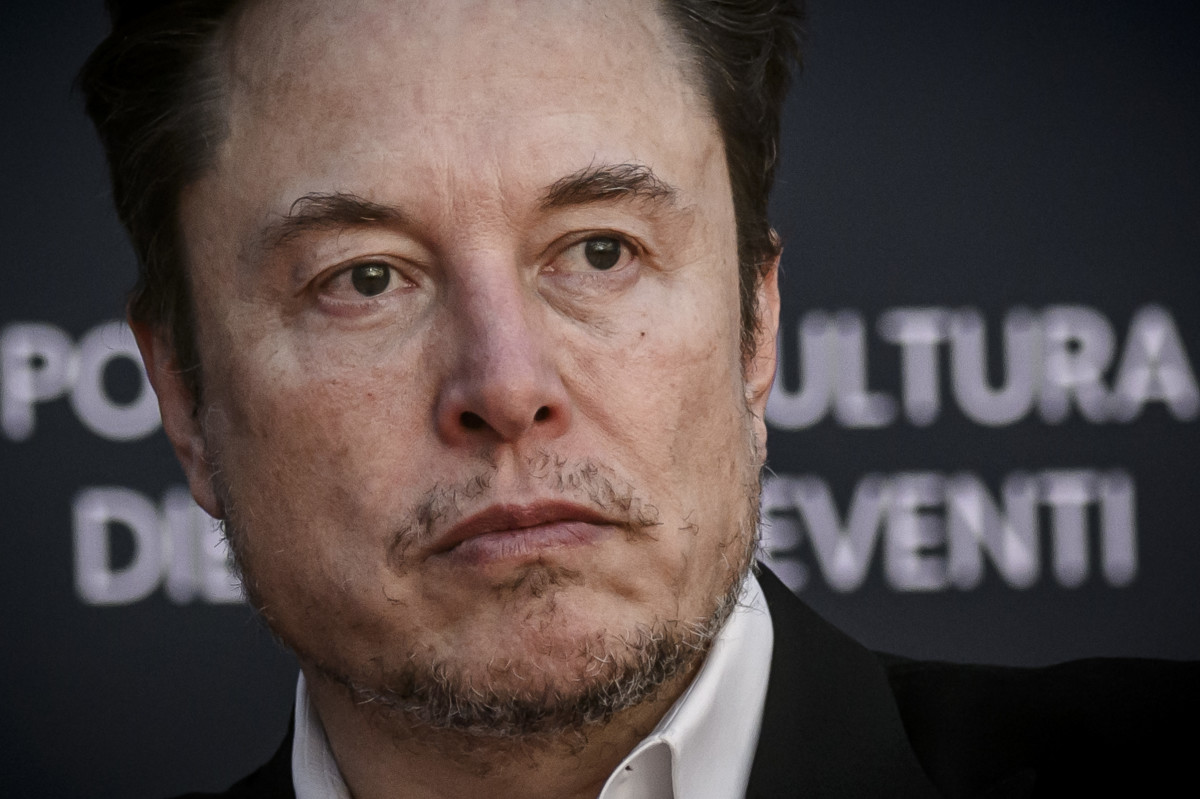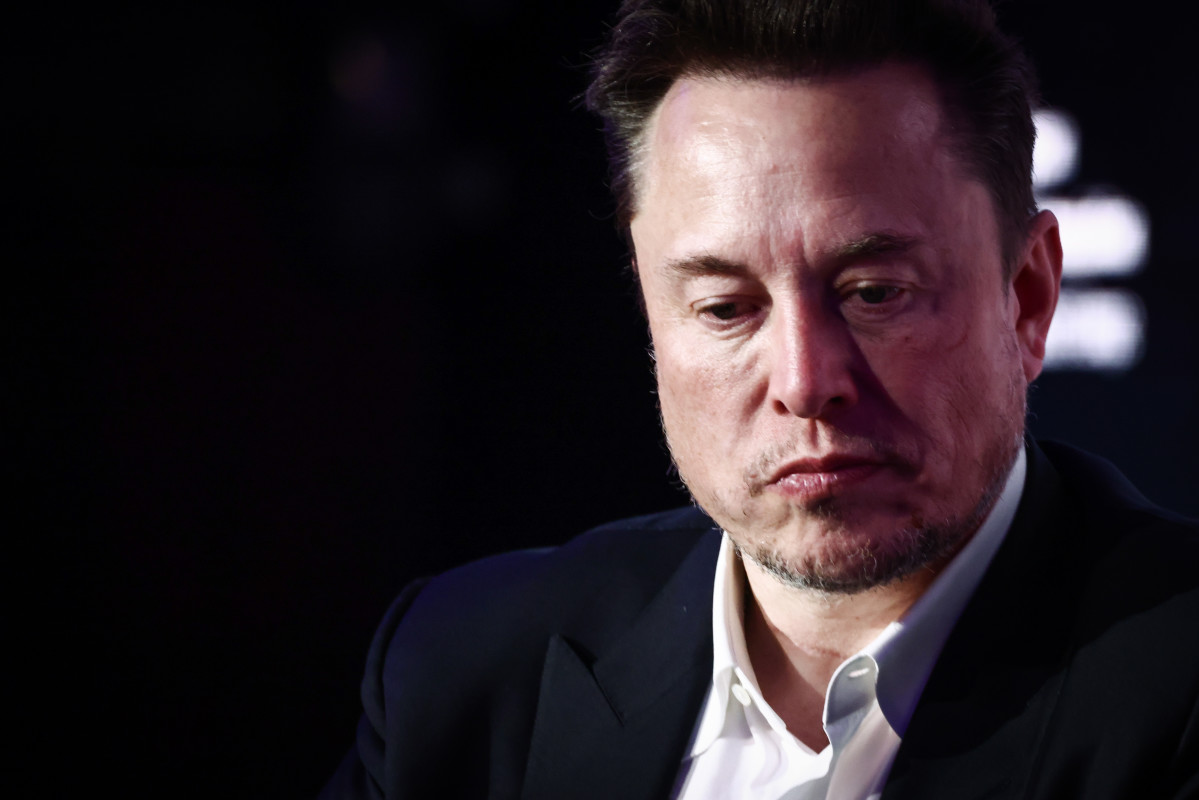
Tesla shares moved higher Tuesday, potentially snapping an eight-day losing streak, as investors brace for a crucial first-quarter earnings update from the electric vehicle producer after the close of trading.
Shares in Tesla (TSLA) are still suffering their second-largest drawdown since the company went public in 2010 and have shed nearly $350 billion in market value this year and the group is now under tremendous pressure to regain investors' confidence and define its near-term growth prospects as EV demand has been fading and its profit margins have been narrowing.
Analysts estimate Tesla will post a bottom line of around 53 cents a share, down from 85 cents a share over the same period last year. Group revenues are pegged at $22.15 billion, down 5%, which would mark its first year-on-year decline since the 2020 pandemic.
Below is a quick compendium of what are likely to be the key takeaways from tonight's earnings report and the highly anticipated conference call with CEO Elon Musk, slated for around 5:30 pm Eastern Time.

1. Profit margins: cars and related software
First and foremost, investors are going to scour Tesla's March-quarter earnings report for details of the amount of profit it managed to extract from each electric car, and each autonomous driving software package, it sells.
Tesla's profit margins, probably the most closely tracked metric by analysts on Wall Street, narrowed to 17.6% over the three months ended in December, down from a 23.8% margin over the year-earlier period.
Gross profit margins, based on Refinitiv forecasts, are likely to narrow further, to around 17.2% over the three months ended in March, with estimates ranging between 14.7% and 20%.
"Tesla will likely miss amid softening sales and margins (big delivery miss), and the company risks no growth in volume in 2024 with further pressure on margins," said Nancy Tengler, CEO at Laffer Tengler Investments in Scottsdale, Ariz. "But Musk has shown his ability and willingness to make hard decisions and do what’s necessary to dig himself out of a hole. No matter the cost."
2. Delivery forecasts: pressure from China figures
Tesla handed over 387,000 new cars to customers in the first quarter, a 20% decline from the record 484,000 it notched over the final months of 2023 and the biggest miss to estimates since Wall Street began compiling data in the mid-2010s.
Weaker-than-expected sales figures from China, where last month's volumes fell to the lowest levels in more than a year, are also adding to pressure on the market's aggressive full-year delivery targets for Tesla.
Related: Tesla stock slumps after startling China decision
Tesla told investors in February that full-year delivery volumes would be "notably lower" than the 1.8 million tally from 2023, but it declined to provide a firm target.
Wall Street analysts have pared their own forecasts, but they'll be on high alert for any changes to either the group's 2024 estimate or a hard target from Musk following its challenging opening quarter.
3. Low-cost Model 2 plans: Whether and when
Investors and analysts have been waiting for a detailed update on Tesla's plans to produce a low-cost EV that can both challenge the group's China-based rivals and cement its position as the world's leading carmaker in the space.
However, earlier this month, Reuters reported that the Model 2 project had been canceled in favor of a focus on robotaxi production, which will leverage the group's push into AI-enhanced autonomous-driving software.
Related: Analysts take aim at Tesla stock after Elon Musk makes unpopular decision
Musk called the report "lies" but didn't address its specifics. That left analysts to wonder whether he was planning to pivot away from his "master plan" to provide a low-cost EV and instead focus on what he now calls a "blindingly obvious" strategy of extending the group's leadership in 'Full-Self-Driving'.
Deutsche Bank analyst Emmanuel Rosner last week said that even a delayed Model 2 launch would "make the future of the company tied to Tesla cracking the code on full driverless autonomy, which represents a significant technological, regulatory and operational challenge." Rosner lowered his rating on Tesla to hold from buy and slashed his price target by $66 to $123 a share.
4. New autonomy focus: financial-metric overhaul
Any indication that Tesla is moving from an EV manufacturing focus to a strategy powered by self-driving technologies would trigger a massive overhaul in sales and profit metrics for the group, which has been one of the most compelling U.S. corporate growth stories of the past 10 years.
Musk has said that in order to effectively lead the group, he needs to gain 25% control of Tesla, a level that's tied to a $55.8 billion pay package to which the company agreed in 2018. But that package was rejected as an “an unfathomable sum” by Delaware Chancery Judge Kathaleen McCormick last year.
Tesla is appealing the ruling, and lobbying for shareholder support, but Musk has said he'll pursue his AI and robotics ambitions outside the Tesla structure if he isn't able to secure the 25% threshold.
Related: Analyst overhauls Tesla price target amid major strategy shift
That could leave investors to wonder whether he's fully committed to the EV maker as it's currently constructed, or whether he might take some of his higher-margin ideas — such as licensing 'Full Self-Driving' software to other carmakers — into a different entity.
"The AI story, autonomous, FSD, Optimus, robots is another major value to the Tesla story, but it's all behind closed doors," said Wedbush analyst Dan Ives. "The Street needs to understand the road map, monetization, and overall strategy for the AI story at Tesla, which right now is getting no credit for its AI endeavors."
5. Stopping the stock slide
Ultimately, Musk's biggest challenge on the conference call today, and in the weeks that follow, will be convincing investors that the stock's year-to-date collapse, which has lopped nearly $350 billion from its market value, is coming to an end.
The stock is also suffering the second-longest drawdown of its share price since it went public in 2010. The slump has carved more than $760 billion from its market value since the November 2021 peak.
Shorting Tesla shares has been a hugely profitable trade this year, with data from S3 Partners suggesting investors who have bet against Tesla are sitting on profits of $8.3 billion, with around 4.2% of the stock's float outstanding still sold short.
More Tesla:
- Cathie Wood buys $22 million of battered tech stock
- Analyst revises Tesla stock price target after robotaxi news
- Top analyst reveals new Tesla price target ahead of Q1 earnings
Unveiling a massive round of corporate layoffs, probably around 10%, or 1,400, of the company's global staff, has failed to stop the stock's rot. And to some degree it has added to concern that Tesla is facing a pivotal moment in its hypergrowth history.
Musk himself told investors earlier this year that Tesla is "currently between two major growth waves," with "'Full-Self-Driving', next-gen vehicle and energy storage" powering the group's next advance.
He'll need to define that vision sharply if he's going to bring investors back on board.
"This is a fork-in-the-road time to get Tesla through this turbulent period; otherwise dark days could be ahead," said Ives of Wedbush. "With the ongoing debacle around margins and demand, Musk will need to quickly take the reins back in to regain confidence in the eyes of the Street."
Related: Veteran fund manager picks favorite stocks for 2024







